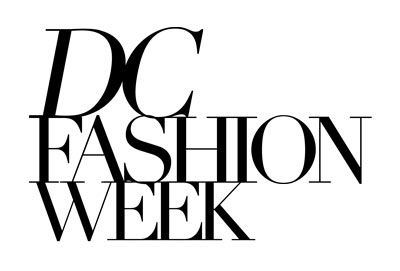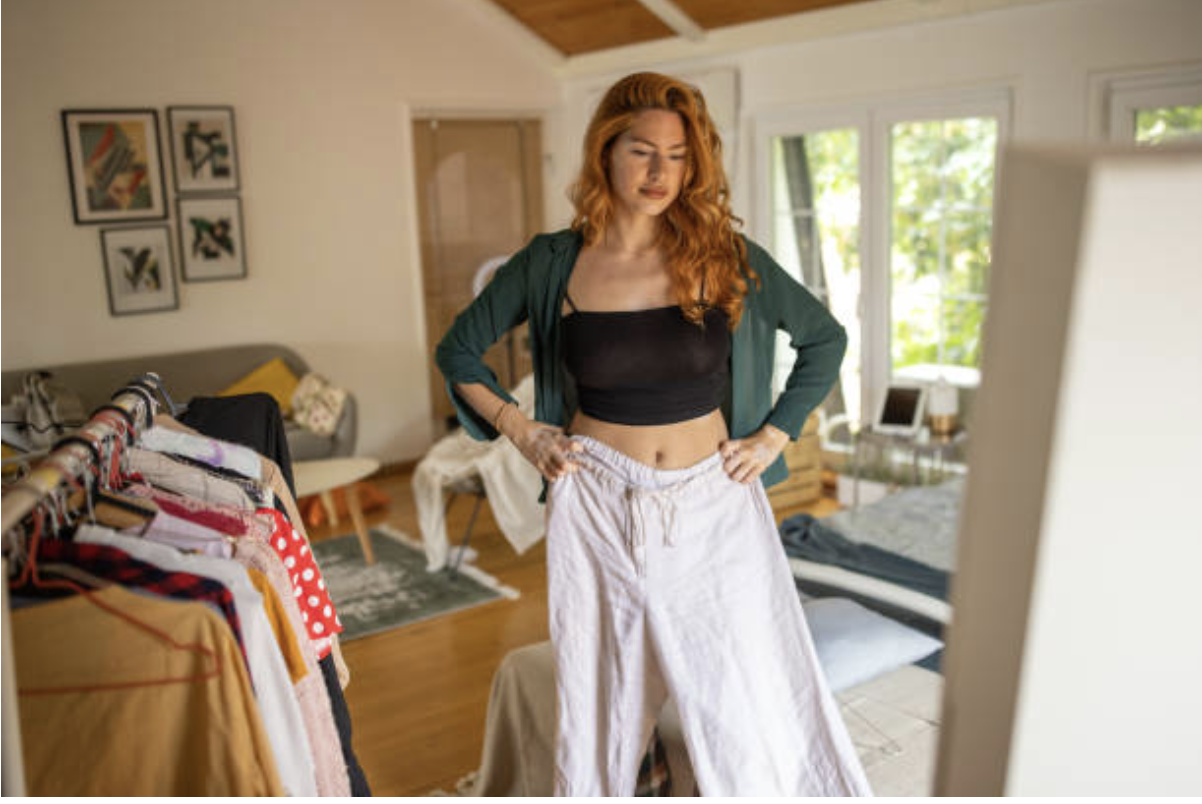“You are what you wear” is a pretty old cliché: yet, science suggests there’s truth to it. Think of your fashion as psychology woven into fabric: what you wear can impact not only how you see yourself, but also how others see you.
So, here is how to turn your daily clothes into a mood-altering tool that brings you joy and motivation and helps you step into the world with more intention.
But first, why your outfit affects more than just your look
Ever heard of enclothed cognition? It’s the term psychologists use to describe how clothing affects your thoughts, feelings, and behavior. Even in moments of anger in relationships , your clothing can act as a grounding tool and help you stay calm, centered, and less reactive. Similarly, your mental health can benefit in countless other ways if you choose the right outfit that boosts focus and confidence.
Another thing to know is the halo effect: when one positive trait (like looking polished) creates the impression of other positive qualities (like being competent or trustworthy). Meanwhile, mental health sources like the Liven app reviews show how intentional self-care routines (and mindful dressing is part of them) improve self-esteem and productivity. So, next time you get dressed, think of the mood and intention you want to set.
📚 Interesting fact: One study asked participants to wear ‘a doctor’s coat’ vs ‘a painter’s coat’ (spoiler alert: it was the same coat) and asked them to perform cognitive tests. Those who wore ‘a doctor’s coat’ did better on tasks that required focus and attention.
How to style for a better mood
The right outfit works wonders: bright colors trigger dopamine release, soft fabrics lower stress hormones, and intentional dressing sharpens focus.
So, here’s how to style your way into a brighter mood.
#1: Create a ‘dopamine’ color palette
Dopamine dressing is built on the idea that different colors and hues trigger different emotions. For instance, multiple studies showed that people exposed to warm colors like red and orange reported higher levels of energy, while cooler colors like blue helped them stay less stressed.
Meanwhile, traditional dopamine colors include mostly red, yellow, orange, and pink. But if you’re not a fan of bright saturated colors, you can always opt for the soothing pastel colors of calm happiness: lavender, baby blue, mint green, or pale pink. Or simply add a few elements of a vibrant color to your neutral look, such as a pair of bright shoes or a handbag.
Other dopamine palette colors? Metallic and shimmering hues like gold, silver, bronze, and rose gold definitely add a sense of celebration and can make you feel more confident. Or neons! Those might be incredibly uplifting and rebellious.
#2: Comfort is confidence
Clothes that pinch, itch, or squeeze can quietly ruin your day. Comfort clothes? Help you forget about that annoying waistband and focus on living.
No wonder that people who rate their clothes as ‘comfortable’ report a better mood and higher confidence compared to those who don’t.
- Choose breathable fabrics like cotton, bamboo, or linen;
- Opt for shoes you can actually walk in. Honestly, can you really survive a day in high-fashion stilettos?
- Keep 2–3 go-to comfort outfits that instantly relax you. Perfect for busy days or lazy weekends.
#3: Play with patterns and textures
Similar to colors, patterns and textures can also act as mood stimulants. A playful polka-dot blouse can lift your spirits, while bold stripes can give a sense of order and focus.
As for the textures, we associate them with different states of mind: velvet feels luxurious, denim feels grounding, and silk feels indulgent.
Here is how to pave the way to a better mood:
- Add a textured scarf in winter for instant coziness;
- Experiment with patterned socks to sneak in a little joy;
- Mix smooth and rough fabrics for contrast and balance.
In addition, multiple studies focused on tactile stimulation show that soft and pleasant textures like velvet or cashmere activate brain regions linked to pleasure and reward. As a result, they make you feel calmer and more satisfied.
#4: Try mindful styling
When creating a look, think of the tone you want to set for your mood and mindset. Ask yourself a very simple question, “How do I want to feel today?” — and only then choose clothes to match your intention.
Nervous before a meeting? Wear something structured like a blazer for a sense of control. Need comfort? Choose soft fabrics and loose fits to feel more grounded. Well, you get the gist 😉.
But, honestly, don’t overcomplicate things. You don’t have to spend hours on creating a perfect outfit. To simplify the process, just pick one item that makes you happy and build your outfit around it, whether it’s a vibrant scarf or a pair of shoes that instantly make you smile.
#5: Build a foundation for your mood-boosting wardrobe
Curate your closet intentionally to turn it into a source of joy and inspiration. For instance, declutter and remove pieces that bring back negative memories and feelings.
Also, make comfort and proper fit a non-negotiable because regardless of how much you love the item, it won’t make you feel better if it’s a bad fit or constantly leaves you tugging, adjusting, and fidgeting with it.
Last but not least, choose your foundational pieces. These will be your go-to, feel-good items that you’ll build any look around.
📚 Interesting fact: 62% of people who decluttered their wardrobe reported feeling happier and more in control.
Final thoughts
Next time you open your wardrobe, don’t just ask “What looks good?,” but ask “What feels good?” Because the outfit you choose can be a stepping stone to confidence, balance, and pure joy.
All in all, a happier mindset might just be hanging on the hanger, waiting for you to put it on.
You’ve got this! 💚

